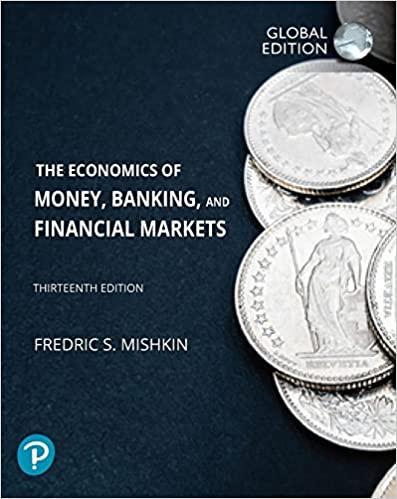Answered step by step
Verified Expert Solution
Question
1 Approved Answer
(1)well, somewhat, not well (2)well, somewhat, not well (3)growth, beta, yield (4) understate, overstate, approximate (5)identical to, different from CAPM The firm's cost of retained
 (1)well, somewhat, not well (2)well, somewhat, not well (3)growth, beta, yield
(1)well, somewhat, not well (2)well, somewhat, not well (3)growth, beta, yield
(4) understate, overstate, approximate
(5)identical to, different from
CAPM The firm's cost of retained earnings can be estimated using the CAPM equation as follows: rs = IRF + (RPM)bj = IRF + (rM - PRF)bi The CAPM estimate of rs is equal to the risk-free rate, rrf, plus a risk premium that is equal to the risk premium on an average stock, (rM - IRF), scaled up or down to reflect the particular stock's risk as measured by its beta coefficient, bj. This model assumes that a firm's stockholders are -Select- diversified, but if they are -Select- diversified, then the firm's true investment risk would not be measured by -Select- and the CAPM estimate would -Select- the correct value of rs. Bond Yield Plus Risk Premium If reliable inputs for the CAPM are not available as would be true for a closely held company, analysts often use a subjective procedure to estimate the cost of equity. Empirical studies suggest that the risk premium on a firm's stock over its own bonds generally ranges from 3 to 5 percentage points. The equation is shown as: rs = Bond yield + Risk premium. Note that this risk premium is -Select- the risk premium given in the CAPM. This method doesn't produce a precise cost of equity, but does provide a ballpark estimateStep by Step Solution
There are 3 Steps involved in it
Step: 1

Get Instant Access to Expert-Tailored Solutions
See step-by-step solutions with expert insights and AI powered tools for academic success
Step: 2

Step: 3

Ace Your Homework with AI
Get the answers you need in no time with our AI-driven, step-by-step assistance
Get Started


